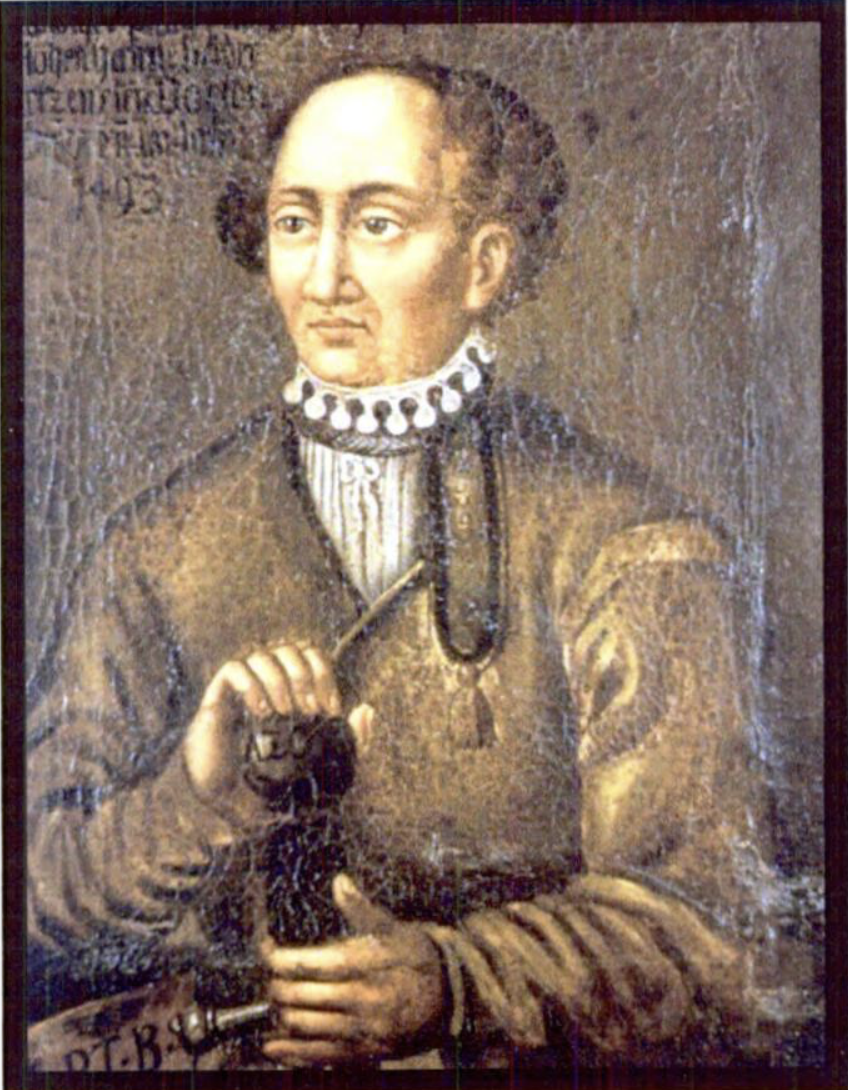Paracelsus (1493-1543)
Paracelsus was a 16th-century Swiss physician and alchemist. He set forth two ideas that are central in healing and manifestation:
The existence of a life force in man and nature
The power of the mind
The Life Force
Paracelsus was one of the first to theorize the idea of a vital force, or life force, in the human body, and the existence of invisible forces (spiritual fluids or subtle energies) that influence health, vitality, and disease. In this view, health depends on maintaining the proper balance and flow of these forces, and disease is the result of blockages or disruptions in the flow of these forces. Paracelsus called the life force in nature and in the human body the Archeus of Nature.
Before Paracelsus, the ancient Greek philosopher Thales of Miletus (c. 624 – c. 546 B.C.) said that “the magnet has a soul in it because it moves the iron.” Thales’ idea was that invisible, divine forces can be found throughout the universe and in all of nature. This shift to seeing a soul (i.e. life force) in nature was a paradigm shift from the earlier idea that the Gods were outside of nature, controlling it. Paracelsus introduced this ancient idea in his own age.
Paracelsus believed that illnesses could be treated by replenishing the Archeus in the body with the energies found in certain herbs and foods. Like physicians for many ages before him, he used the approach of grinding lodestones (naturally magnetic stone) into powder and having patients ingest it, or apply it as a salve. In the early 1500s he took the unique approach of placing magnets on the body to heal various ailments. He believed the magnets could influence the Archeus.
Power of the Mind
Parcelsus recognized the attractive power of the mind. He used magnetism as a metaphor for the attractive power of imagination: “As the magnet can attract steel, there is also a magnet in the imagination, which also attracts.”
Paracelsus theorized that the imagination could cause disease. He held that an image (imago) could afflict the Archeus and cause disease, and that a pathological idea (idea morbosa) could infect other people to cause an epidemic of disease. He wrote:
The power of imagination is a great factor in medicine. It may produce diseases in man and in animals, and it may cure them. But this is not done by the powers of symbols or characters made in wax or being written on paper, but by an imagination, which perfects the will. All the imagination of man comes from the heart. The heart is the ‘seed’ of the Microcosm, and from that seed the imagination proceeds into the Macrocosm. Thus the imagination of man is a seed that becomes materialized or corporeal.[1]
Source:
[1] Hartmann, Franz. The Life and Doctrines of Philippus Theophrastus Bombast of Hohenheim, Known by the Name of Paracelsus. Health Research Books, 1998.

